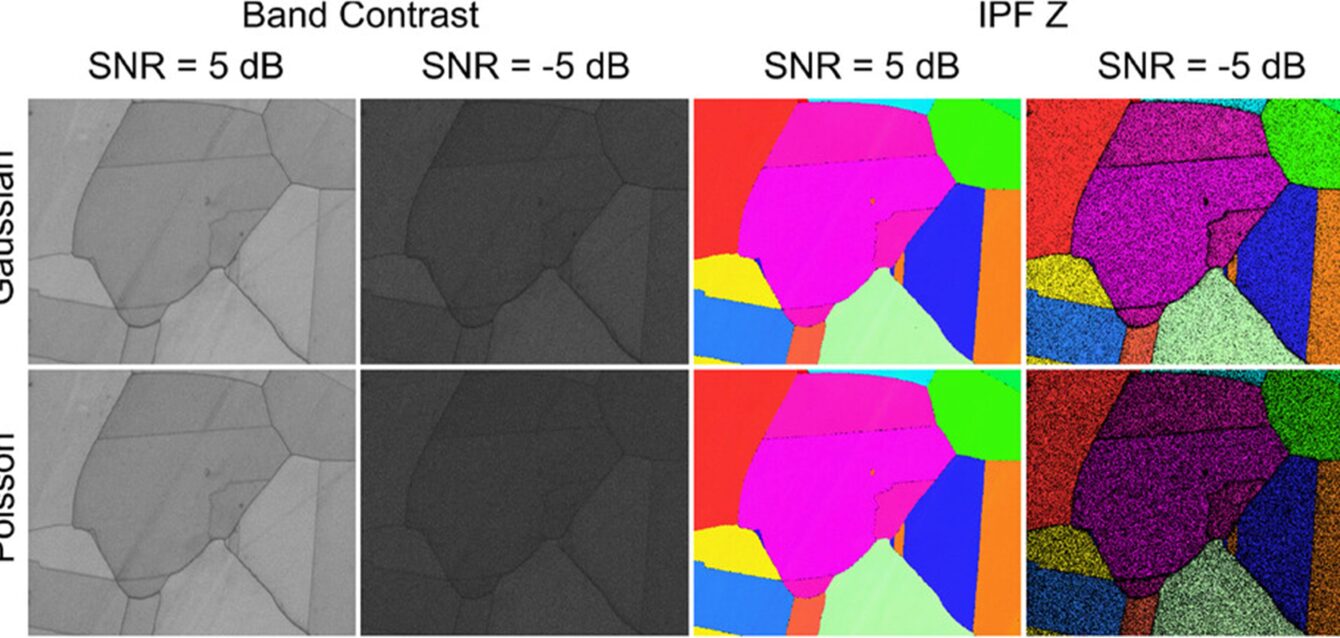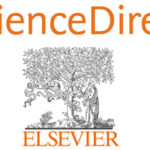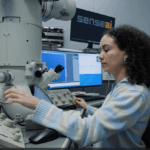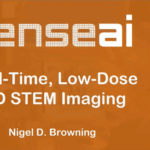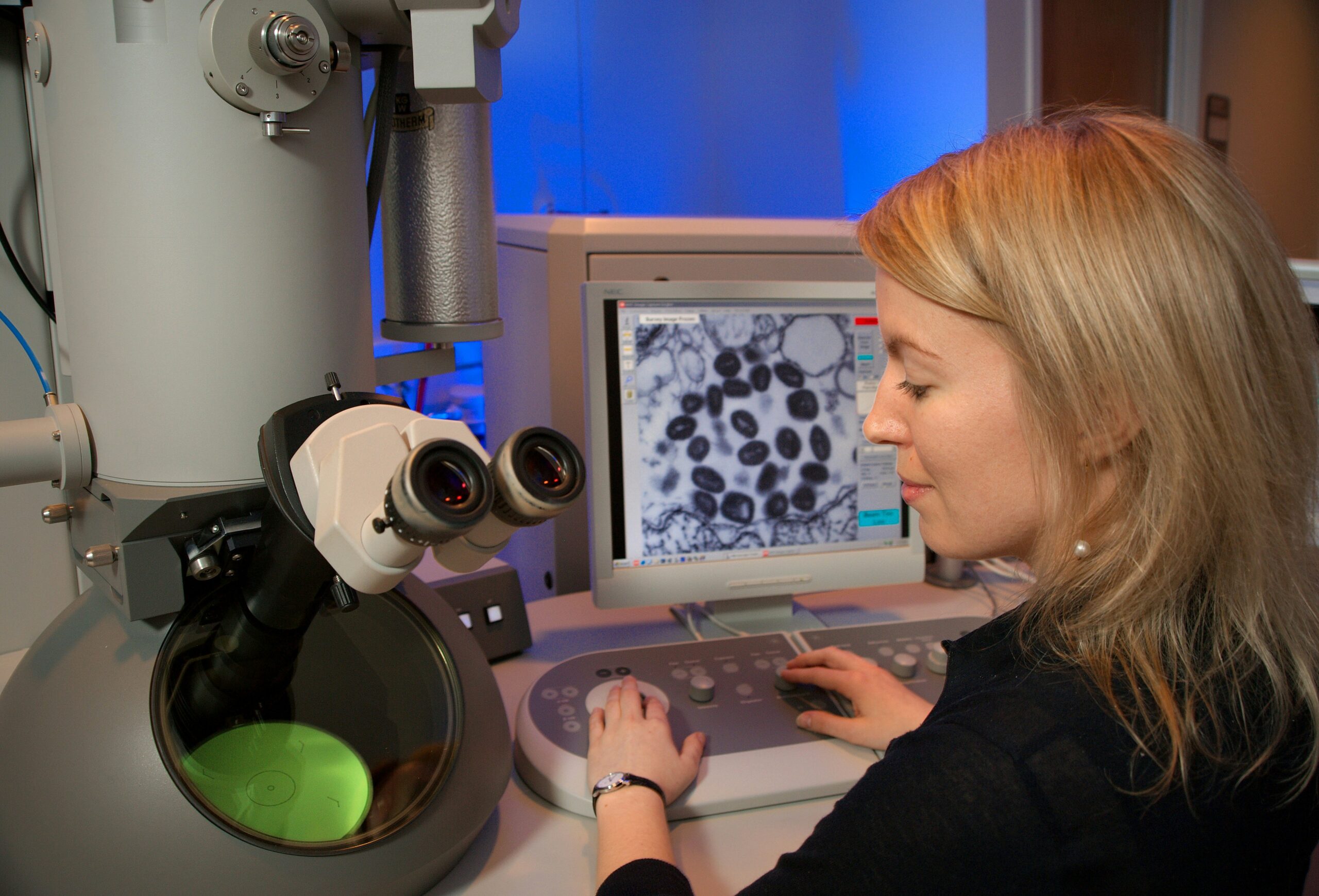The latest paper featuring SenseAI has been published in the Journal of Microscopy.
The study by Zoë Broad proposes a methodology for performing subsampled EBSD and the corresponding data recovery using SenseAI.
The goal was to overcome the key limitation of EBSD analysis…very slow imaging times. SenseAI reduces the number of datapoints required to perform analysis, significantly reducing acquisition speeds.
ABSTRACT
Electron backscatter diffraction (EBSD) has developed over the last few decades into a valuable crystallographic characterisation method for a wide range of sample types. Despite these advances, issues such as the complexity of sample preparation, relatively slow acquisition, and damage in beam-sensitive samples, still limit the quantity and quality of interpretable data that can be obtained. To mitigate these issues, here we propose a method based on the subsampling of probe positions and subsequent reconstruction of an incomplete data set. The missing probe locations (or pixels in the image) are recovered via an inpainting process using a dictionary-learning based method called beta-process factor analysis (BPFA). To investigate the robustness of both our inpainting method and Hough-based indexing, we simulate subsampled and noisy EBSD data sets from a real fully sampled Ni-superalloy data set for different subsampling ratios of probe positions using both Gaussian and Poisson noise models. We find that zero solution pixel detection (inpainting un-indexed pixels) enables higher-quality reconstructions to be obtained. Numerical tests confirm high-quality reconstruction of band contrast and inverse pole figure maps from only 10% of the probe positions, with the potential to reduce this to 5% if only inverse pole figure maps are needed. These results show the potential application of this method in EBSD, allowing for faster analysis and extending the use of this technique to beam sensitive materials.
Read the full paper below. Credits also to Alex Robinson, Jack Wells, Daniel Nicholls, Amirafshar Moshtaghpour, Angus Kirkland and Nigel Browning.


